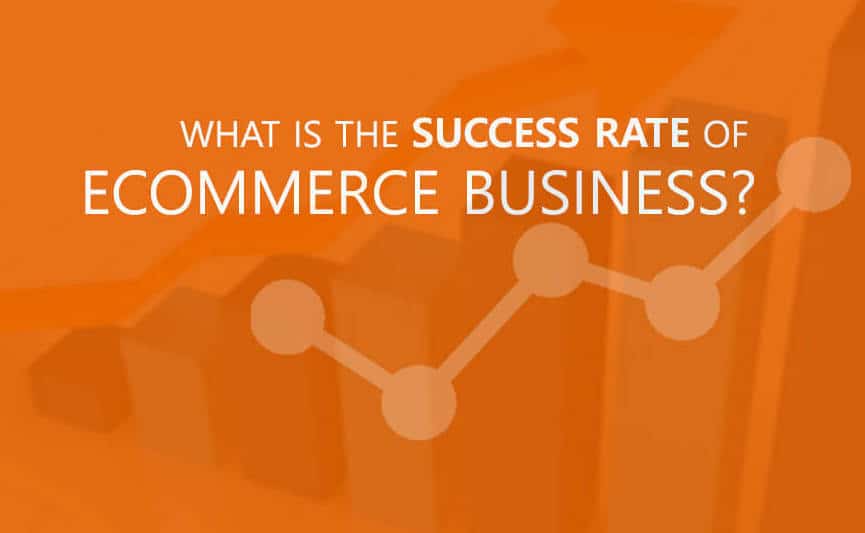People’s buying decisions might appear complex, but everyone follows certain steps to determine which products and services suit their requirements. Reflect on how you think when making a significant purchase, such as a vehicle. You consider your needs, look into it, and weigh your choices before purchasing. Afterwards, you often question whether you made the correct choice. If you’re in sales or marketing, you can have a greater influence by imagining yourself as the customer and examining the stages of the consumer decision-making process.
There are 5 stages of the decision making process:
1. Problem recognition
The initial phase of the decision making process involves identifying the necessity for a service or product. This recognition of need, whether it’s triggered by personal desires or external cues, leads to the realisation of a desire. Following this, consumers must seek out information to figure out how to satisfy this desire, which marks the beginning of the second phase.
However, how can you sway consumers at this point? Given that internal motivation stems from within and includes fundamental urges such as hunger or a shift in lifestyle, concentrate your sales and marketing strategies on external motivation. Craft an all-encompassing brand campaign aimed at enhancing brand visibility and recognition––the goal is for consumers to be aware of your brand and to trust it. Above all, you aim to make them feel that their issue is unique to your brand and that only you can address it.
2. Information search

As they explore their choices, shoppers depend on both internal and external elements, as well as their previous experiences with a product or brand, whether those experiences were good or bad. During the information phase, they might look at products in person or seek out information online, using search engines like Google or reading customer feedback.
Your role as a brand is to provide potential buyers with the information they seek, aiming for them to choose your product or service. Develop a strategy and decide what kind of content will be most useful to them. Be seen as a reliable source of knowledge and information. Another key approach is through word of mouth—since people trust each other more than they trust companies, it’s crucial to feature content created by consumers, such as reviews from customers or video endorsements, on your website.
3. Alternatives evaluation
At this stage in the buying journey, potential customers have established their requirements for a product. They then evaluate their options against similar products, alternate providers et al. These alternatives could appear as more affordable prices, extra features of the product, the product’s accessibility, or even as individual preferences like colour or design choices. However, frustrations of delivery cost variations, delivery lead-time and suspicions of variations in quality initiate frustrations, which commonly result in a perpetuation of reliance on trusted sources.
Your promotional content should aim to persuade customers that your product stands out from the competition. Be prepared to address any concerns—for instance, during sales pitches, it’s important to be familiar with your competitors to respond to inquiries and highlight the advantages.
4. Purchase decision
This is the point where the buyer has been anticipating: the buying decision. After collecting all the necessary information, such as reviews from past buyers, the buyer should reach a reasoned decision about which product or service to buy. If you’ve performed your duties well, the buyer will see that your product is the top choice and choose to buy it.
5. Post-purchase evaluation
In the process of making a buying decision, both the buyer and the seller engage in thinking and reflection. As the seller, it’s important to understand the following: Did the product fulfil the customer’s identified need? Are the buyer satisfied with their purchase? How can you maintain a relationship with this customer? It’s crucial to remember that your role is to ensure the customer has a positive experience with your product.
After the sale, you can continue to interact with the customer through follow-up emails, discount offers, and newsletters to encourage them to buy more. Aiming for repeat customers is key, especially at a time when online reviews are common and can influence others’ buying decisions. Therefore, keeping customers pleased is more vital than ever.
Cognitive dissonance can affect consumer behaviour in various ways. For example, after making a purchase, consumers may experience post-purchase dissonance, or buyer’s remorse, if they doubt their decision or encounter negative information about the product or service. To cope with this, they may seek confirmation from others, ignore or avoid conflicting information, or return or exchange the product or service.
You can reduce or prevent cognitive dissonance in consumers who have already made a purchase, by reinforcing their satisfaction and loyalty. This can be done by providing positive feedback, testimonials, guarantees, or after-sales service. This can also help prevent cognitive dissonance from arising due to negative word-of-mouth or unfavourable reviews.
Hyper-personalisation the omniscient solution
Hyper-personalisation is the process of using real-time data and advanced technologies like AI and machine learning to provide highly relevant and personalised experiences to each user. Hyper personalisation is the next level of tailored customer experiences. Unlike basic personalisation, which might just use your name in an email, hyper-personalisation digs infinitely deeper. It uses data like browsing history, purchase patterns, and preferences to offer a truly individualised experience.
The Deloitte report found that 80% of customers are more likely to purchase from a company that offers personalised experiences. Moreover, 69% of online shoppers say that the quality or relevance of a company’s message influences their perception of the brand. These findings suggest that hyper-personalisation is a powerful tool that can help businesses improve their customer satisfaction, loyalty, and sales.
Hyper-personalisation solutions create unique emails for each consumer using only first-party data captured on the user’s site. It uses predictive analytics and machine learning. This method analyses a user’s purchase history, browser history, frequency of viewing products, and length of time spent looking at each product and compares it with many many others to identify sequential ranking and hyper-personalised parameters for purchase selection for each individual. The AI now enables the solution to requirements to be anticipated before the consumer appreciates the need.





